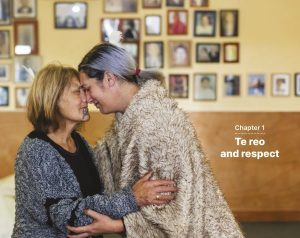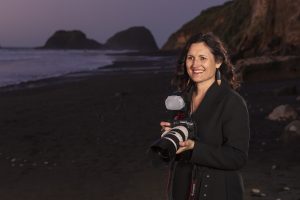Whilst in New York we spent lots of time at the magnificent Museums and Galleries. I entered two images from this trip into the 2011 Australian Institute of Professional Photography Awards and received Silver Awards for both.
The image below was captured outside The Rose Center for Earth and Space at The American Museum of Natural History (AMNH), located on the Upper West Side of Manhattan in New York City. AWARD: AIPP Silver Award Landscape Category 2011.
CAMERA SETTINGS: 1/250 sec at f/8, focal length 50mm, ISO 100.
We stumbled upon the planetarium when leaving the museum via an alternative entry. The six-story high glass cube encloses a mammoth 27 metre illuminated sphere surrounded by planets. Reflecting in the glass are buildings from West 81st St.
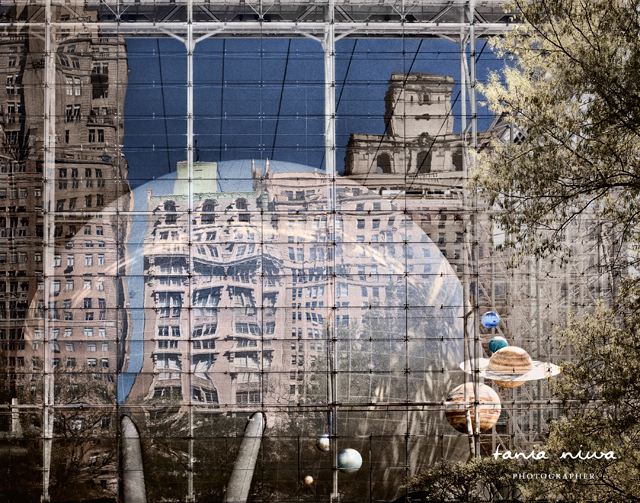
This Museum is one of the largest in the world and is difficult to comprehend its scale in just one visit. There are 25 interconnected buildings that house 46 permanent exhibition halls, research laboratories, and a library.
You could visit a dozen times and still not get to see all exhibits. We found ourselves happily lost in the Culture and Mammal Halls. The fact that we were allowed to take photographs of any exhibit was a ‘heavenly’ treat. We were enthralled by the artifacts, folklore, and artwork in The Native American Halls. This exhibit included exquisite totem carvings, clothing, tools, and masks.
At the Pacific Peoples Hall we were surprised to find New Zealand Maori and Aboriginal Australian Indigenous Performers on stage. It was quite a bizarre, yet novel experience to meet, greet and listen to Maori people from my home country and see an Aboriginal performer interacting with and mesmerizing visitors with his stories and tribal dance.
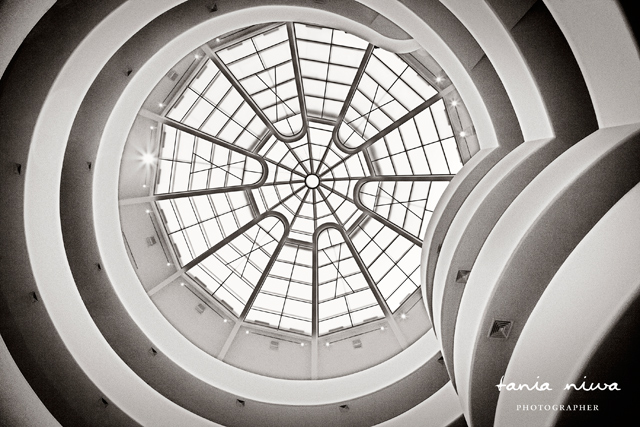
Pictured above is view looking directly upwards from the ground floor of The Guggenheim Museum on the Upper East Side of Manhattan in New York City.
AWARD: AIPP Silver Award Illustrative Category 2011.
CAMERA SETTINGS: 1/125 sec at f/8, focal length 24mm, ISO 800.
This museum offers a unique viewing experience with its spiral architectural structure. We took a lift to the top floor and slowly followed the spiraling exhibits down to the foyer whilst viewing the exhibits. We were treated to Impressionist, Post-Impressionist, early Modern, and contemporary art.
It is easy to understand why the Museum is one of the 20th century’s most important architectural landmarks. In awe of it’s phenomenal architectural design, we visited twice. The fact that we could sit relaxingly around the edges of the central foyer made the experience of taking and composing each photograph so satisfying.
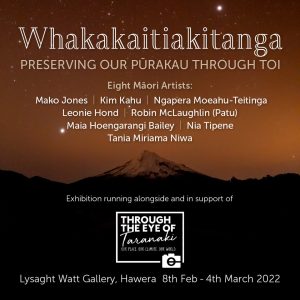
Whakakaitiakitanga – PRESERVING OUR PŪRAKAU THROUGH TOI Exhibition, Lysaght Watt Gallery Hawera
Whakakaitiakitanga – PRESERVING OUR PŪRAKAU THROUGH TOI Exhibition starting on Tuesday 8th February 2022 at Lysaght Watt Gallery, 4- 6 Union St Hawera. “Rāranga brings
